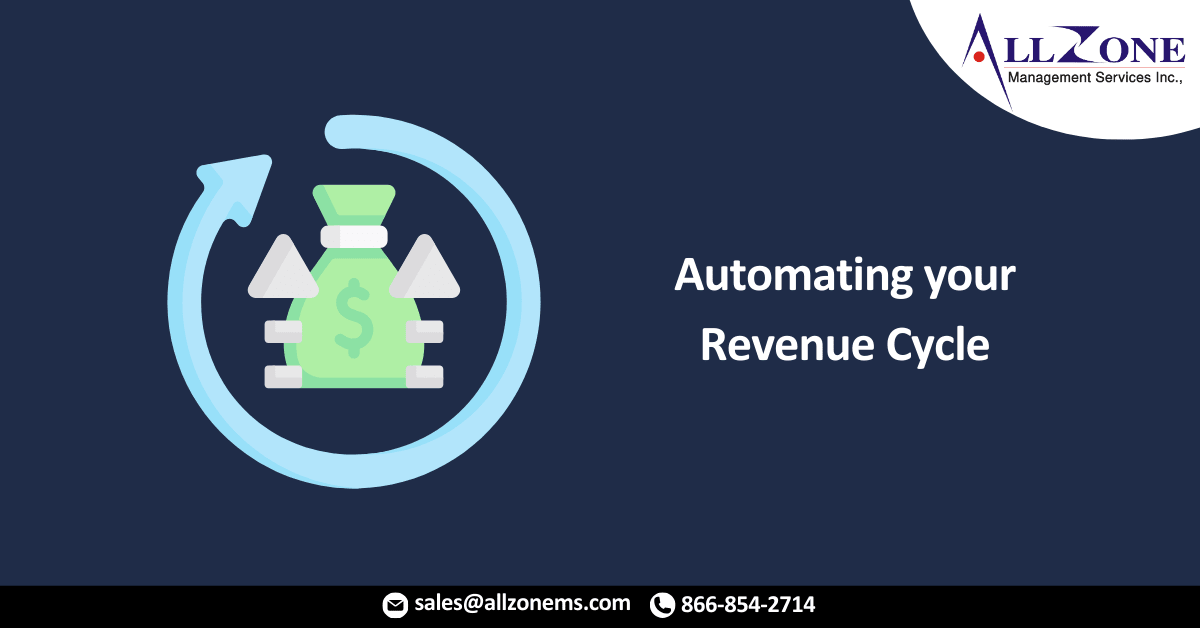The health care industry is rapidly evolving. COVID-19 has uncovered a litany of flaws in health care systems, leading to massive changes in the way patients, providers, and payers communicate and operate. One of the highest impact changes in the industry is the widespread shift from a traditional fee-for-service reimbursement system to value-based care. Instead of being incentivized to fill beds, order tests, and perform procedures, care providers are compensated based on patient health outcomes. Innovations in how care is delivered, like the shift to value-based care, are not so simple as a turn of a switch. One process contingent on the success and longevity of provider innovation is their relations with payers.
How payers and providers collaborate to ensure patients receive adequate care is critical to positive outcomes. So, it would seem essential that these two separate, but complementary entities develop a positive, efficient relationship to streamline the claims adjudication process and ultimately provide each other value. This is not the case, though, as the relationship between payer and provider has been historically challenging. Consequently, over 75% of clinicians, clinical leaders, and executives polled by NEJM (New England Journal of Medicine) said misalignments between payers and providers prevented them from realizing improved value.
Payers and providers must align administratively, clinically, and economically to mitigate these problems. While this is hard to achieve, it becomes more realistic when communication and visibility are strengthened. On the provider side, deploying an automation-driven revenue cycle management (RCM) strategy will help align the two parties. Antiquated RCM strategies are prone to manual errors and add unnecessary stressors to the payer-provider relationship. By deploying an RCM strategy that leverages intelligent automation, providers and payers can cut down on ambiguities and errors, reducing the odds of claims denials, miscommunication, and lost revenue.
Find the value in data
Automating RCM allows providers to extract, analyze, and deliver data key to keeping the revenue cycle running efficiently and effectively. One piece of the provider-payer relationship that heavily influences misalignment is information. When the data in question and the way it is being shared are points for disagreement, alignment becomes nearly unattainable. With the growing complexity of reimbursement and collection requirements from payers, implementing an automated RCM platform increases a provider’s productivity gain. If providers can pull value and insights from their data, they are given actionable information that improves workflows, streamlining communications between payer and provider.
Cut down on claims denials
Cutting down on claims denials is a massive step towards alignment. Providers often feel that their arms are tied behind their back when settling claims with payers. The claims process is so fragmented and inefficient that any tiny data discrepancy will result in a denial. The claims process has become so complex that health care providers spend nearly $30 billion a year on billing costs. Integrating an automated RCM solution will help reduce the difficulty around claim and payment management. Most automated RCM systems also include denials management services. Providers can easily avoid manual errors, cut down on administrative tasks, and ultimately automate a complex billing process. Fewer denials inevitably mean less back and forth between payer and provider, de-stressing the relationship between the two parties. Using machine learning to revolutionize the collection and management process automates the denial processes, improving collection efficiency and accuracy while boosting payer-provider alignment.
Bottom line? Automation
Automation has taken the health care industry by storm. Its effects can be felt from the patient experience to clinical trials. From streamlined workflows to improved care, automation has transformed health care. The same reality exists for RCM solutions. Revenue cycle automation tools empower your organization to cut down on the inefficient processes and massive workloads that face health care. Without an automated revenue cycle, the relationship between the payer and the provider will remain as fractured as ever.
For More Information: bridge the gaps between payer and provider by automating your revenue cycle

